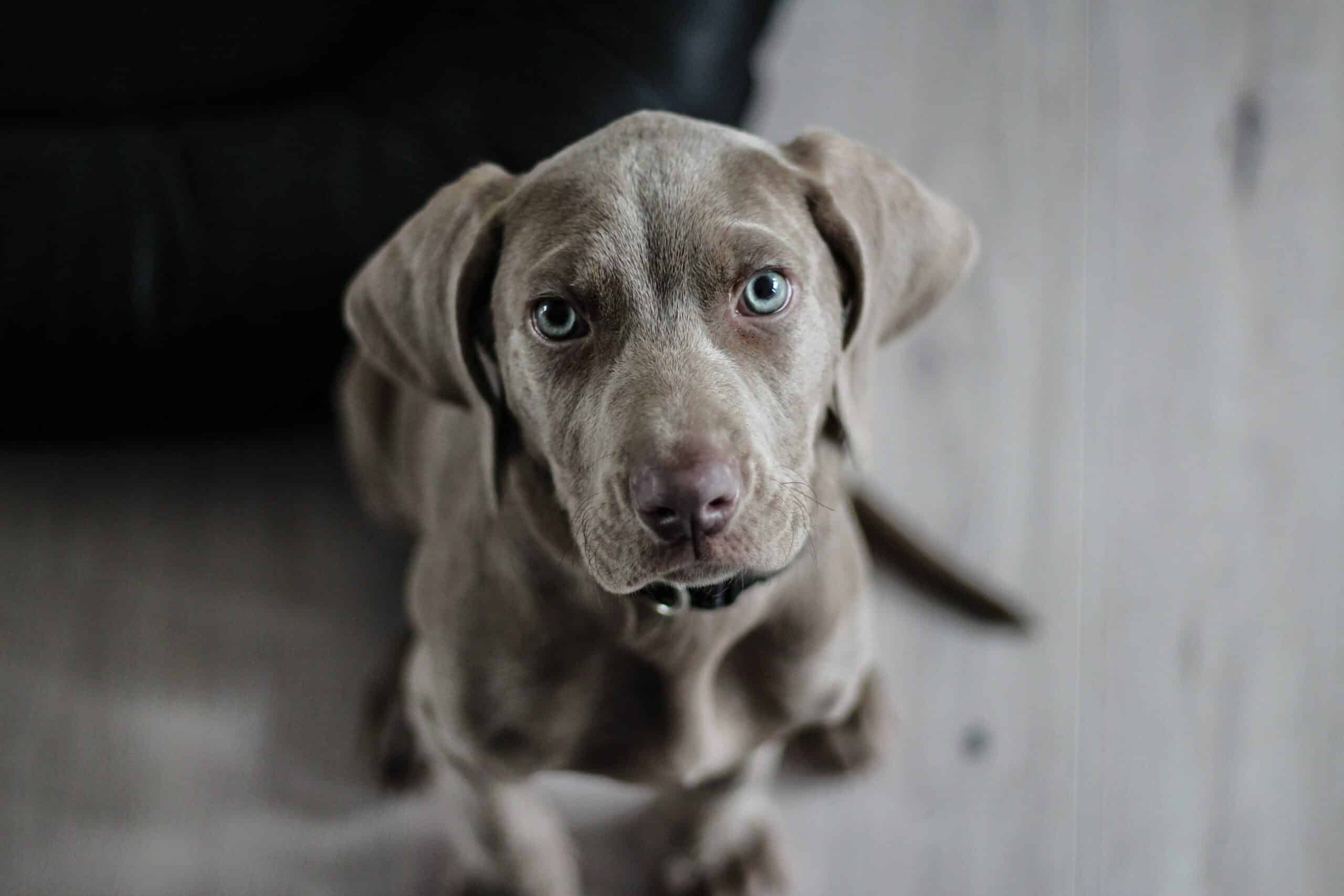As with humans, the lifestyle and the environment of dogs can impact their overall health and ageing process. But how does this actually happen? A new study with over 21,000 dog owners, the largest survey and data compilation of its kind, has some important findings. Specifically, social activity is extremely important for our furry friends.

Arizona State University researchers discovered that a dog’s social support network significantly influences its well-being. This social support has a massive impact on dogs’ health. It wields a five times more powerful impact on their health outcomes than other factors such as financial stability, household consistency, and the owner’s age. Their conclusion is very important for dog owners: Are you considering the social network of your furry friend?
“People love their dogs,” Noah Snyder-Mackler, study author, said in a release. “But what people may not know, is that this love and care, combined with their relatively shorter lifespans, make our companion dogs a great model for studying how and when aspects of the social and physical environment may alter aging, health and survival.”
Dogs’ aging process
For the research, Snyder-Mackler and his team analyzed a survey aimed at dog owners. The survey, which had responses from 21,410 people, sought to identify crucial social factors contributing to healthy lifestyles. It’s part of a big initiative called the Dog Aging Project. The Dog Aging Project is a collaborative effort to better understand dogs’ ageing process.
The survey asked owners about themselves and their dogs. They looked at things such as physical activity, environment, dog behavior, diet, medication, and health status. Starting from this, the researchers identified a set of five factors that are associated with dog well-being. These factors are owner age, social time with animals and children, household income and neighborhood stability.
“Dogs can help us to better understand how the environment around us influences health, and the many ways in which dogs mirror the human experience. Just as with people, dogs in lower-resource environments are more likely to have health challenges,” Daniel Promislow, study principal investigator, said in a statement.
The researchers found that the dog’s environment predicted their health, disease diagnoses, and physical mobility, even after controlling age and weight. Financial and household adversity also caused problems for dog health. Meanwhile, social companionship, such as living with other dogs, was associated with better health.
The impacts of each environmental component were not of equal magnitude. Notably, social support exhibited a five-fold stronger effect compared to financial factors. “This does show that, like many social animals–including humans, having more social companions can be really important for the dog’s health,” study author Bri McCoy said in a statement.
The researchers also found two unexpected findings. First, there is an inverse link between the number of children in the household and dog health. So basically, families with more children tend to care less for their dogs — on average. Secondly, dogs from wealthier households had more diagnoses, likely because of more frequent visits to the vet.
The study’s findings remained consistent even after considering variations in health and disease prevalence among purebred and mixed-breed dogs, as well as across specific breeds. However, there’s one big caveat. The surveys rely on owner-reported information so there’s a potential for error, bias, and misinterpretation of the questions.
“The take home message is: Having a good network, having a good social connectedness is good for the dogs that are living with us,” said McCoy. “But the structure and equities that are in our society also have a detrimental effect on our companion animals as well. And they are not the ones thinking about their next paycheck or their health care.”
The study was published in the journal Evolution, Medicine and Public Health.









